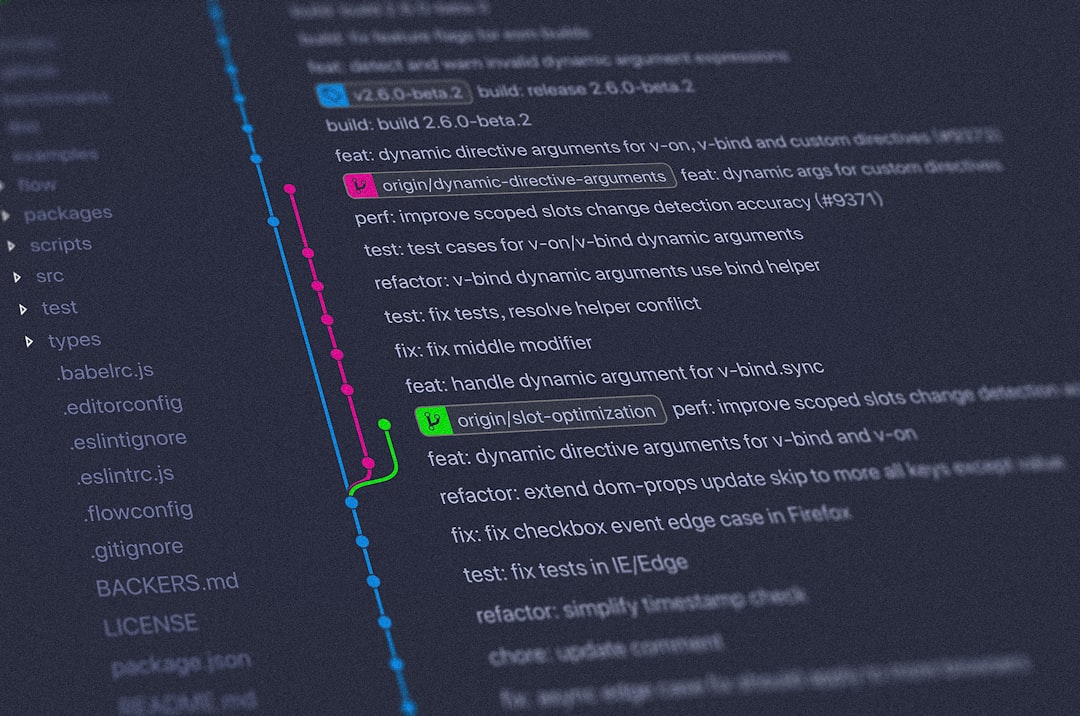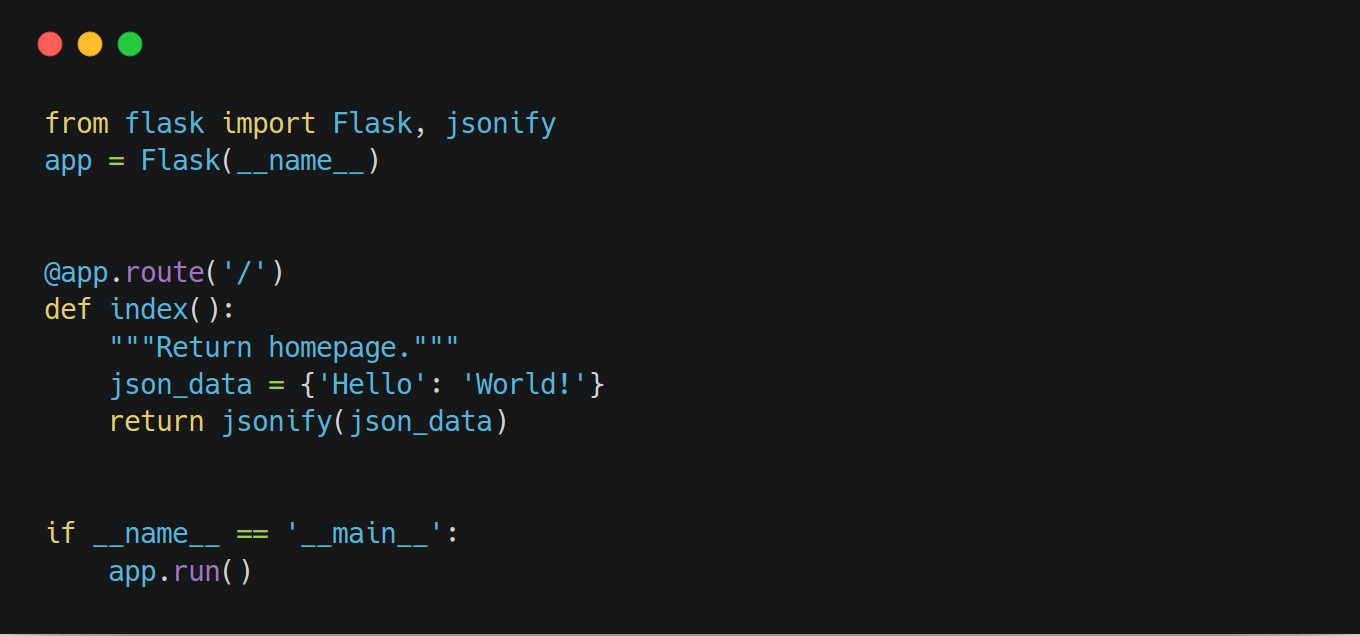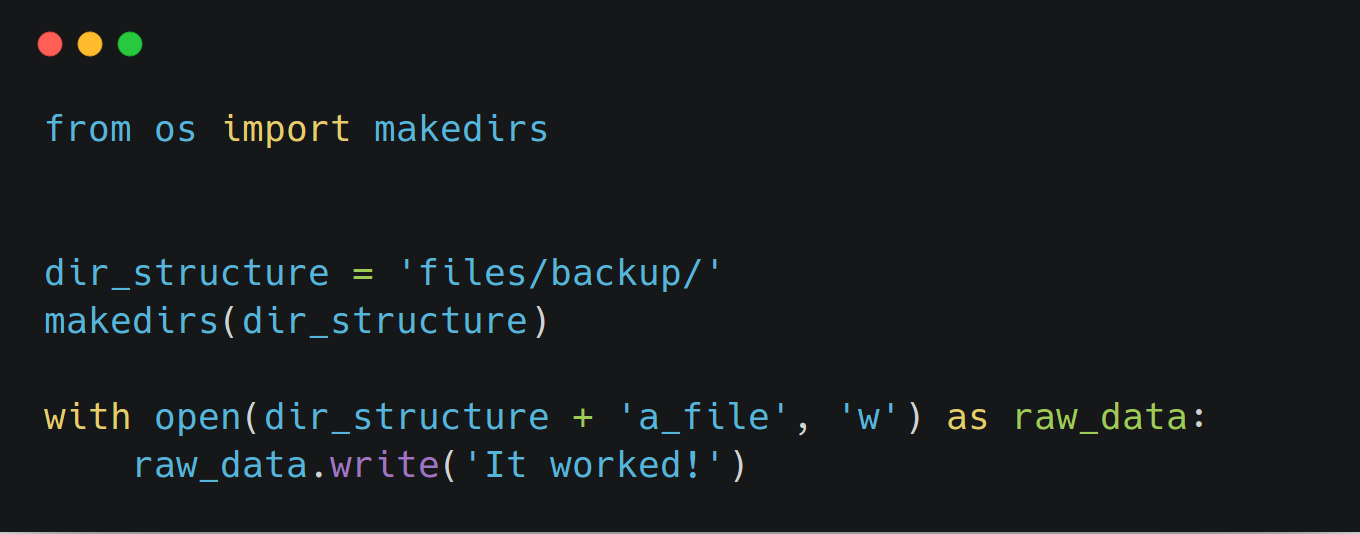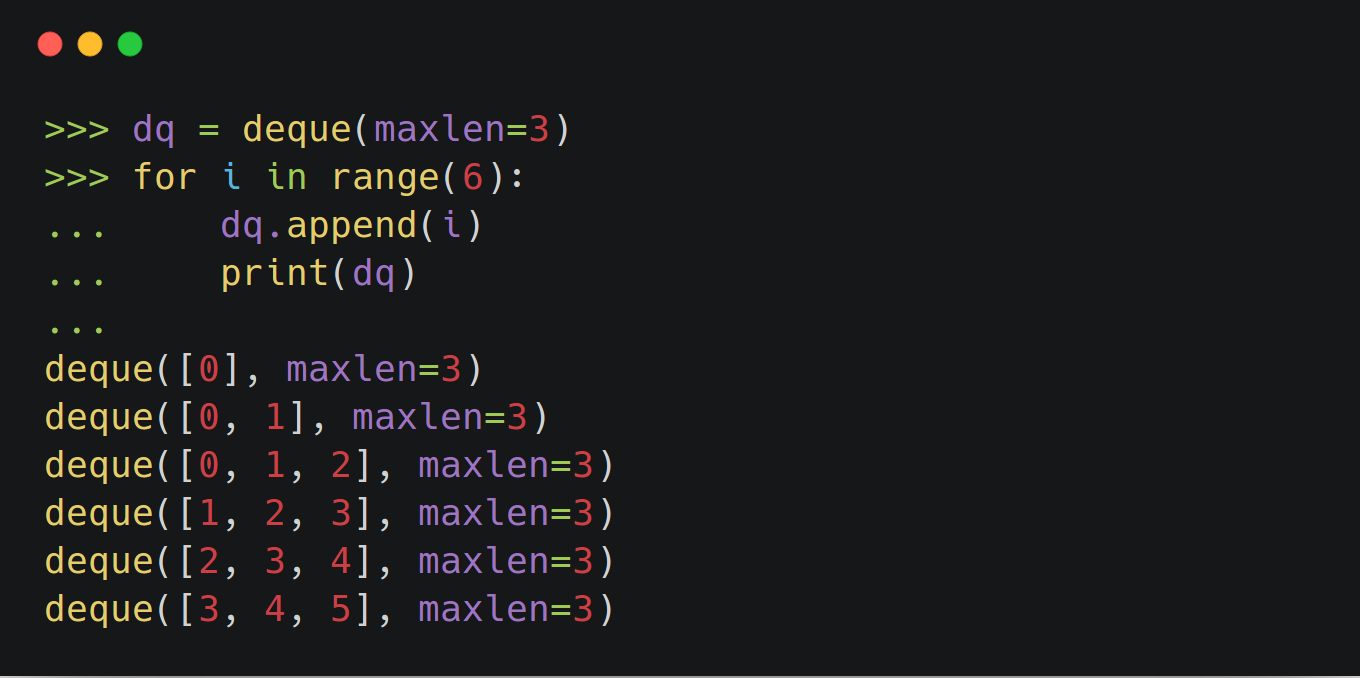
Generate and Verify Your Commits With GPG in GitHub
Why should you do it? “Using GPG, you can sign and verify tags and commits. With GPG keys, tags or commits that you’ve authored on GitHub are verified and other people can trust that the changes you’ve made really were made by you.” About GPG | Github Signing our commits is a great way to verify your commits and let your collaborators know that they can trust that you committed those changes in your project....




